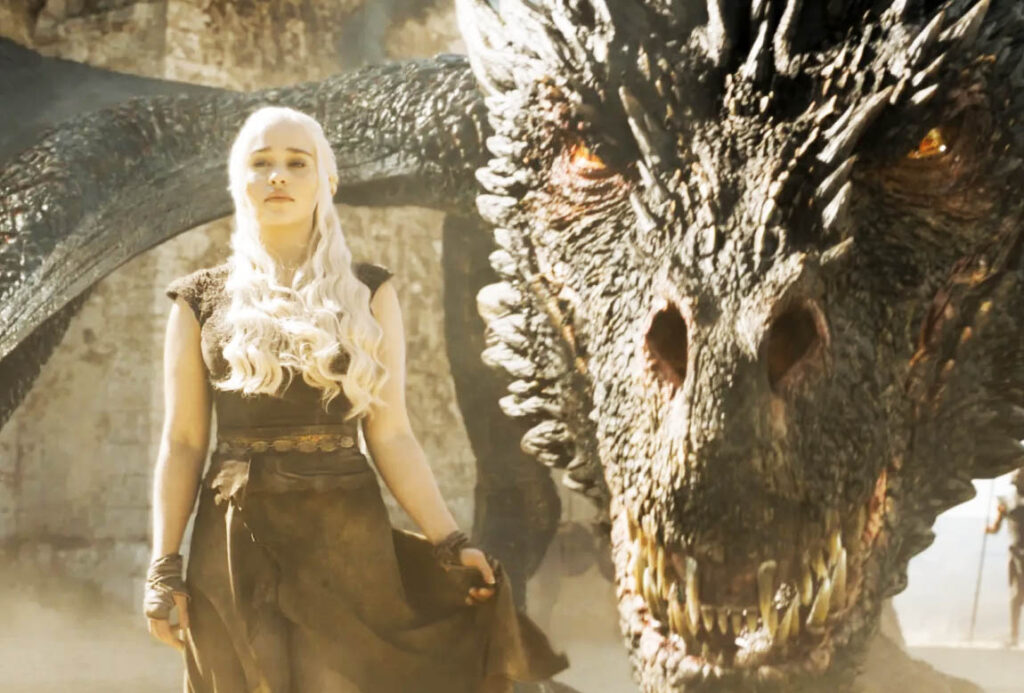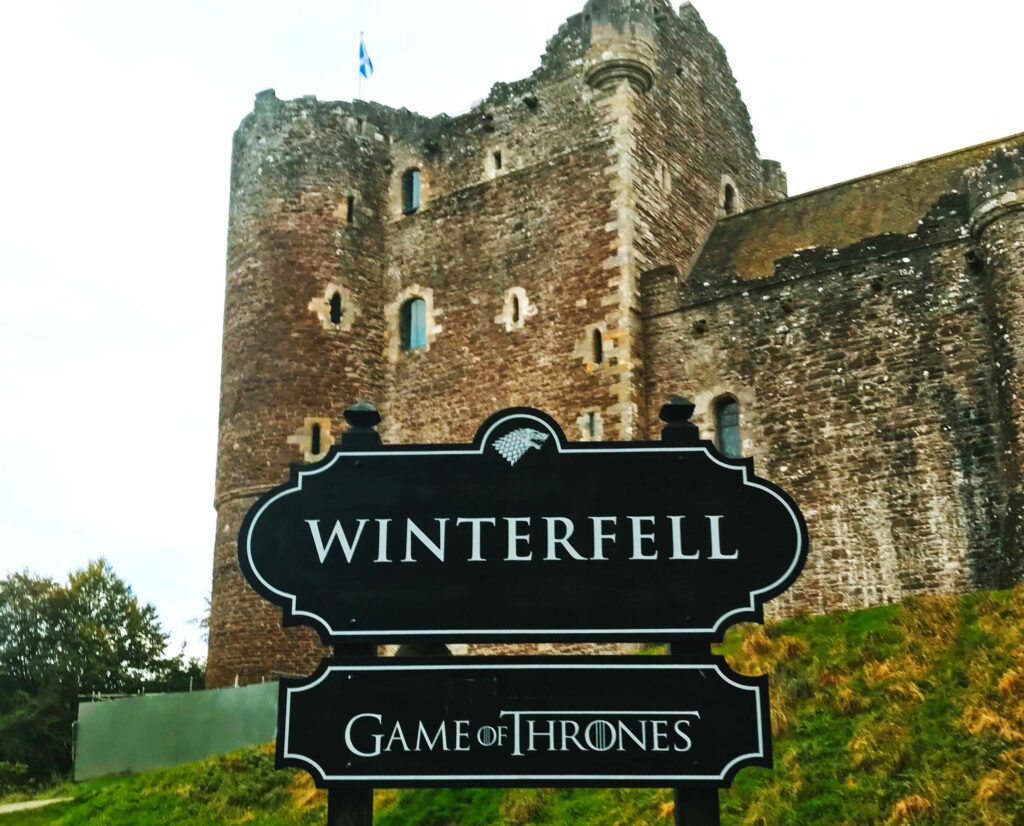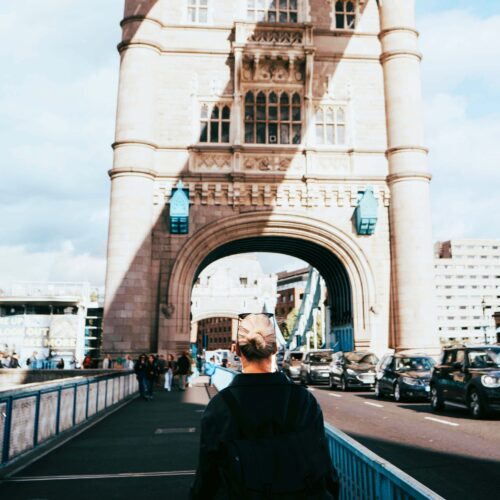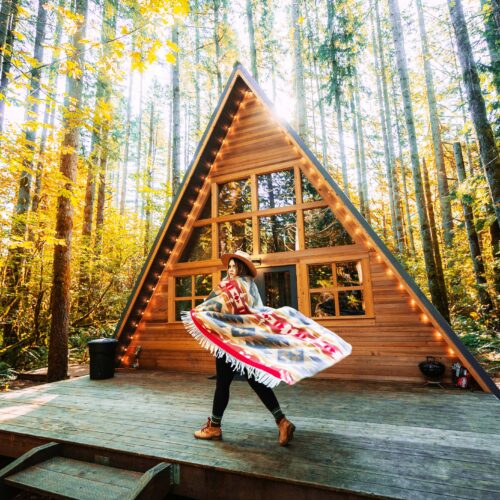From Winterfell to King’s Landing: The Ultimate Game of Thrones Travel Guide for Fans and Non-Fans Alike (Dragons Not Included!)

Game of Thrones is a beloved television series that has captured the hearts and imaginations of millions of fans worldwide. One of the show’s many strengths is its stunning locations, which transport viewers to a world of dragons, magic, and medieval intrigue.
From the rugged landscapes of Iceland to the ancient streets of Dubrovnik, these locations offer a glimpse into a fictional universe that feels as natural as fantastical. Whether you’re a show fan or just looking for an exciting travel destination, the Game of Thrones locations featured in the series will leave a lasting impression.
Here are some of the locations from the show:
- Dubrovnik, Croatia: Dubrovnik served as the primary filming location for King’s Landing, the capital of the Seven Kingdoms. The city’s impressive fortifications, beautiful architecture, and stunning views of the Adriatic Sea make it a must-visit for any Game of Thrones fan.
- Iceland: The rugged landscapes of Iceland provided the perfect backdrop for scenes set beyond the Wall. Visitors to the country can explore glaciers, hot springs, and waterfalls that were featured in the show.
- Northern Ireland: Much of the show’s interior scenes were filmed at Titanic Studios in Belfast, Northern Ireland. Fans can visit Castle Ward, which was used as the location for Winterfell, the ancestral home of the Stark family.
- Spain: Several locations throughout Spain were used to depict various parts of the Game of Thrones universe. Girona was used as the setting for Braavos, while Seville was used for the Water Gardens of Dorne. Other locations include Osuna, Almeria, and Caceres.
- Malta: Malta provided the backdrop for several key scenes in the show’s first season. The Azure Window, a natural rock formation on the island of Gozo, was used as the location for Daenerys Targaryen’s wedding to Khal Drogo.

- Croatia’s Island of Lokrum: This stunning island was used to film scenes in the magical city of Qarth. With its lush vegetation and stunning sea views, it’s easy to see why the show’s producers chose Lokrum for this location.
- Scotland: Several locations in Scotland were used to depict the northern landscapes of the Seven Kingdoms. Glencoe’s wild and rugged landscapes were used for several scenes beyond the Wall, and the town of Doune was used for some of the interiors of Winterfell.
- Morocco: Several locations in Morocco were used to depict the city of Yunkai in Slaver’s Bay, including the town of Ait-Ben-Haddou. Visitors to Morocco can also explore the Sahara Desert, which was used to depict the Dothraki Sea.
- Croatia’s Island of Vis: This beautiful island was used as the setting for Braavos in season 5. The island’s stunning blue waters and quiet coves make it a popular destination for swimming, snorkeling, and boating.
- Northern Ireland’s Dark Hedges: This atmospheric avenue of beech trees was used as the setting for the King’s Road in the show. Visitors can stroll down the lane and appreciate the area’s natural beauty.
- Spain’s Castle of Zafra: This medieval castle was the location for the Tower of Joy in season 6. Visitors can explore the castle’s battlements and enjoy the views of the surrounding countryside.
- Croatia’s Trsteno Arboretum: This stunning botanical garden, located just outside Dubrovnik, was used as the setting for the palace gardens of King’s Landing. Visitors can explore the garden’s many exotic plants and enjoy the peaceful atmosphere.
- Malta’s Mdina: This historic walled city was used as the setting for King’s Landing in season 1. With its narrow streets, ancient architecture, and stunning views of the surrounding countryside, Mdina is a must-visit for any show fan.
- Spain’s Girona Cathedral: This stunning cathedral was used as the setting for the Great Sept of Baelor, where many important scenes in the show took place. Visitors can explore the cathedral’s beautiful Gothic architecture and appreciate its historical significance.
- Northern Ireland’s Ballintoy Harbour: This picturesque harbor was used as the setting for Pyke, the seat of House Greyjoy. Visitors can enjoy the stunning coastal views and explore the nearby cliffs and rock formations.
- Croatia’s Split: This historic city, located on the Adriatic coast, was used as the setting for several scenes in the show, including the basement of Diocletian’s Palace. Visitors can explore the city’s many ancient buildings and enjoy the vibrant atmosphere of its bustling streets and squares.
Did you know?
The Game of Thrones locations for the series’ filming significantly impacted tourism in some areas. For example, the number of visitors to Dubrovnik, Croatia (used as the setting for King’s Landing) increased by over 10% after the show premiered.
Similarly, the popularity of Iceland as a tourist destination grew significantly after it was featured in the show as the setting for many scenes beyond the Wall. The show’s impact on tourism in these locations has been dubbed the “Game of Thrones effect.”
A little history:
Game of Thrones is a fictional television series that draws inspiration from real-life history and mythology.
The War of the Roses: The War of the Roses was a series of civil wars in England in the 15th century. The conflict between the Houses of Lancaster and York inspired many of the themes and storylines in Game of Thrones, including the struggle for power between rival noble houses.
The Norse sagas: The mythology and folklore of the Norse people, including their epic sagas, have influenced many aspects of Game of Thrones, such as the religion of the Old Gods and the legend of Azor Ahai.
The Roman Empire: The political intrigue and corruption of the Roman Empire have been cited as an influence on Game of Thrones, particularly the storyline of Daenerys Targaryen’s quest for power in Essos.
The Hundred Years’ War: The Hundred Years’ War was a series of conflicts between England and France in the 14th and 15th centuries. The military tactics and strategies of this period, such as the use of longbows and armored knights, have been depicted in Game of Thrones.
The War of Scottish Independence: The War of Scottish Independence, which took place in the late 13th and early 14th centuries, inspired the story of the Night’s Watch and the Wall, which were based on the real-life Hadrian’s Wall built by the Romans to defend against Scottish raids.


